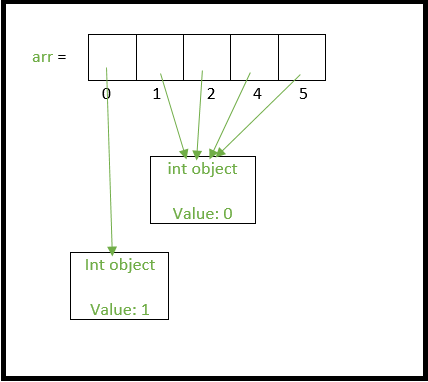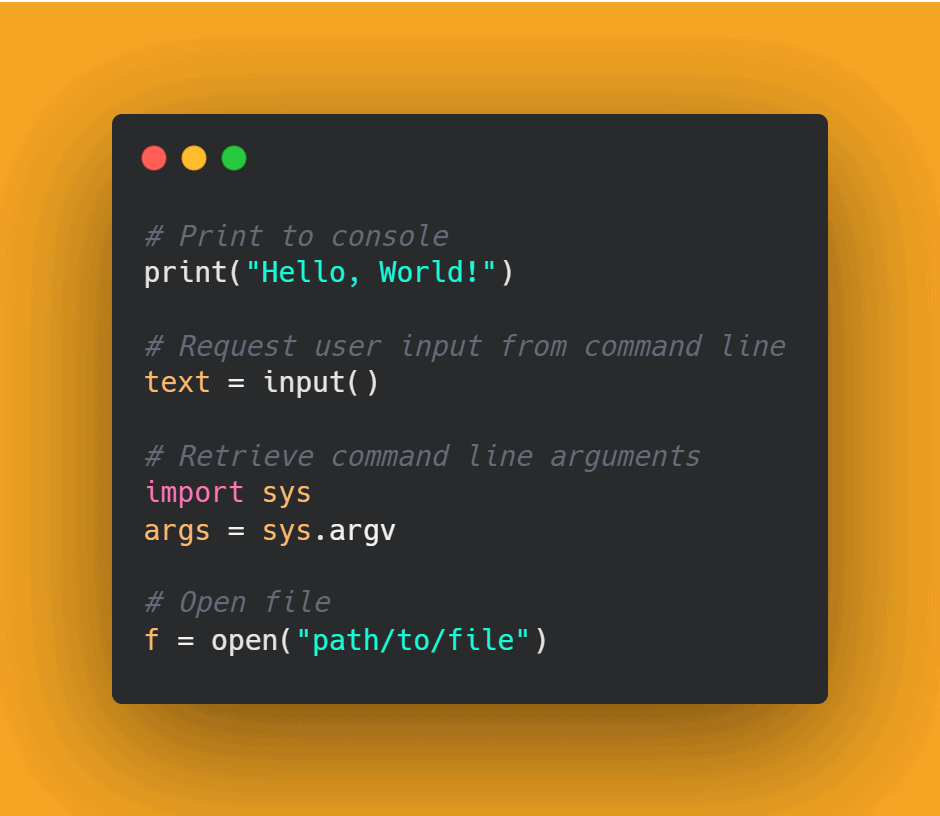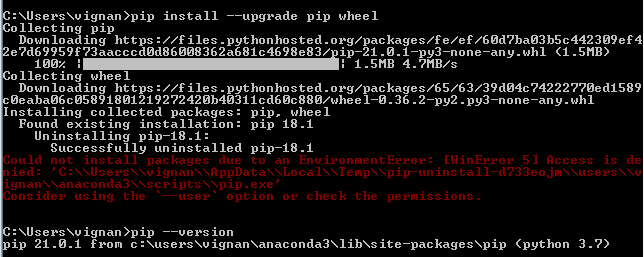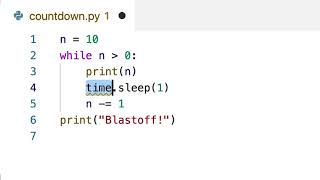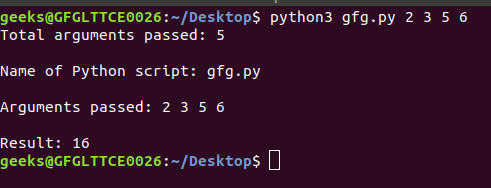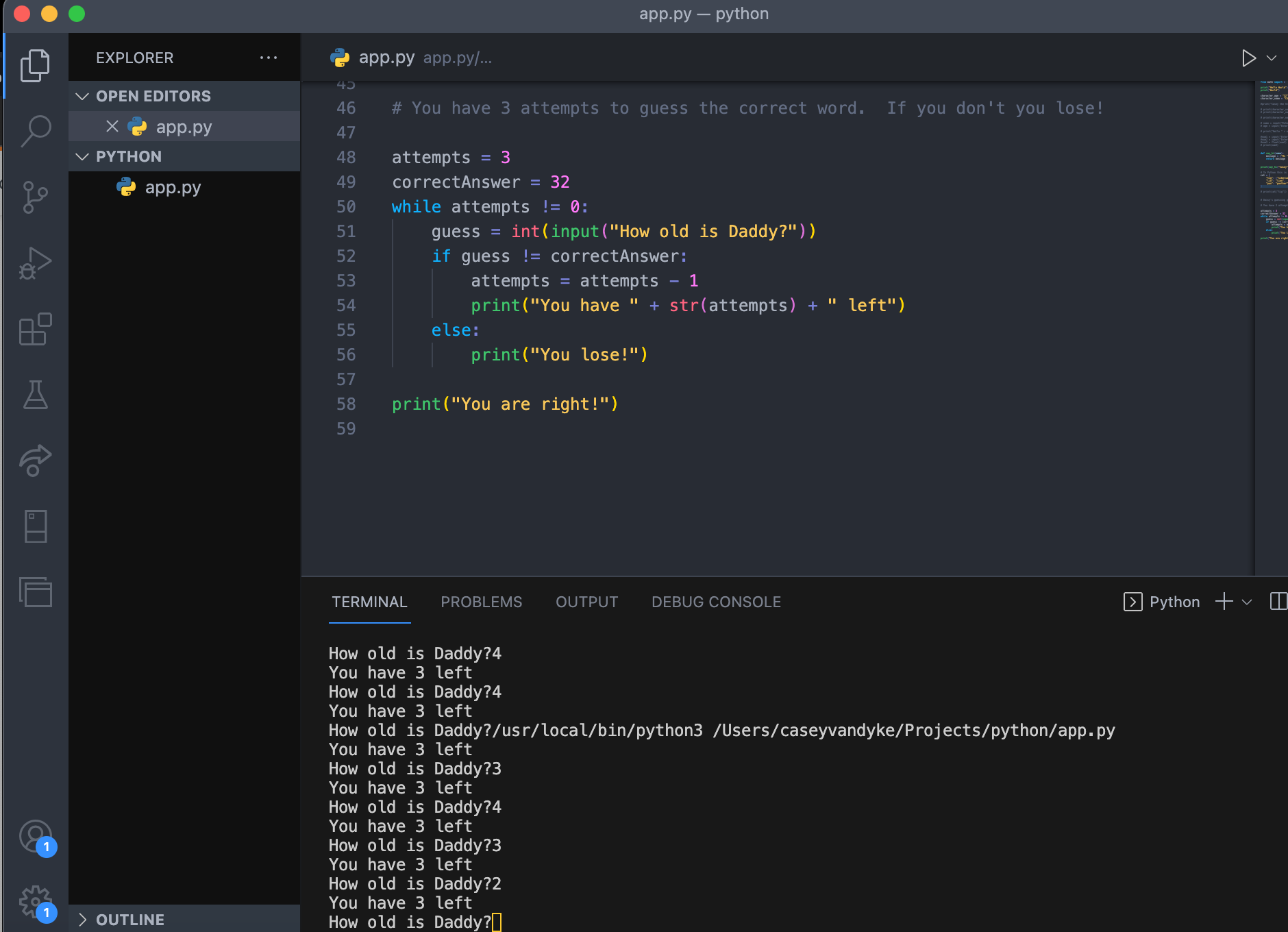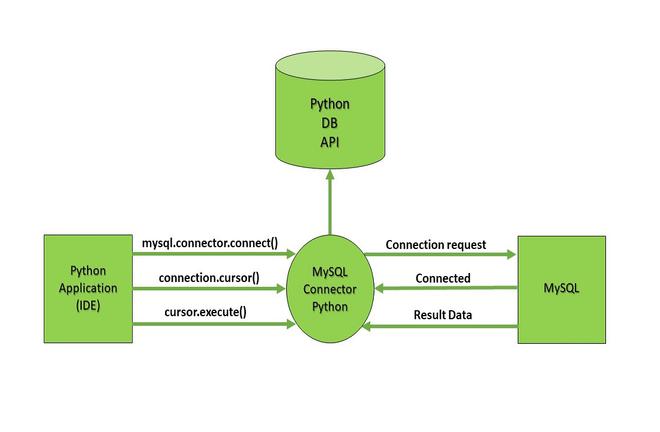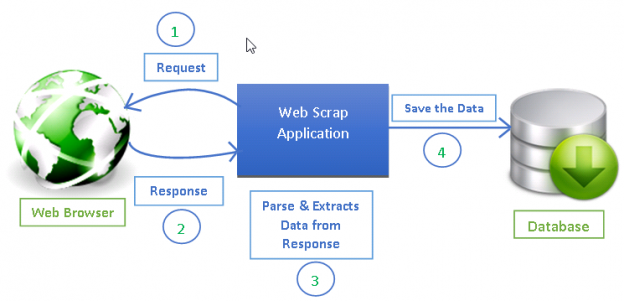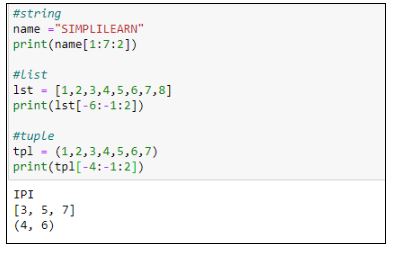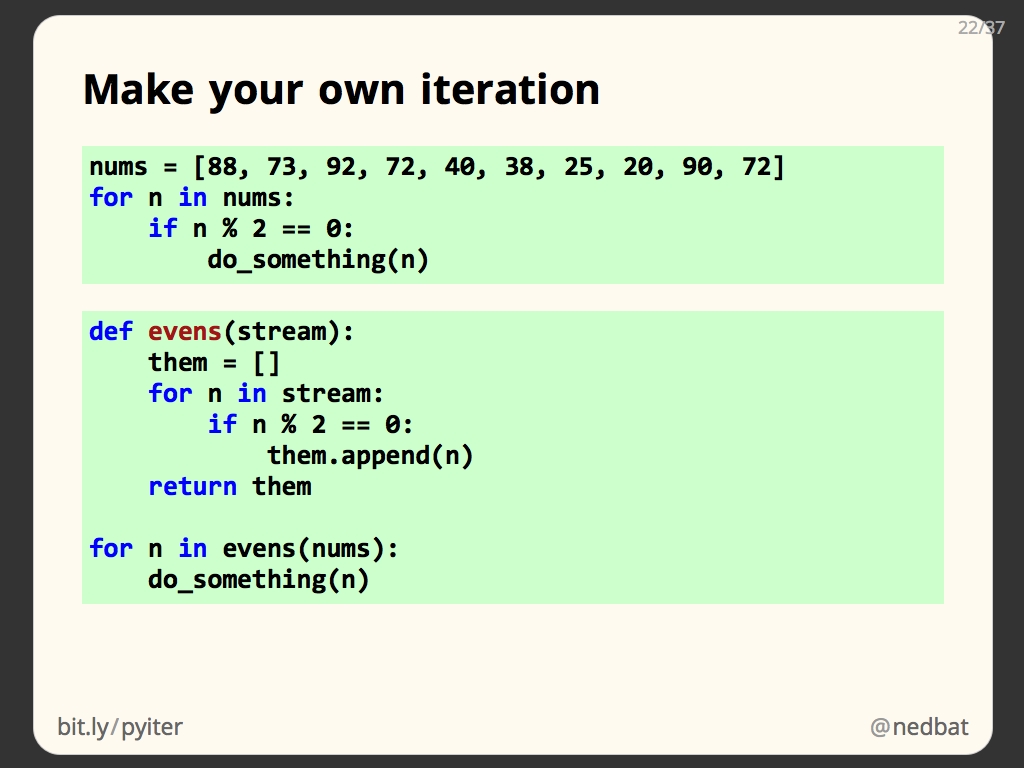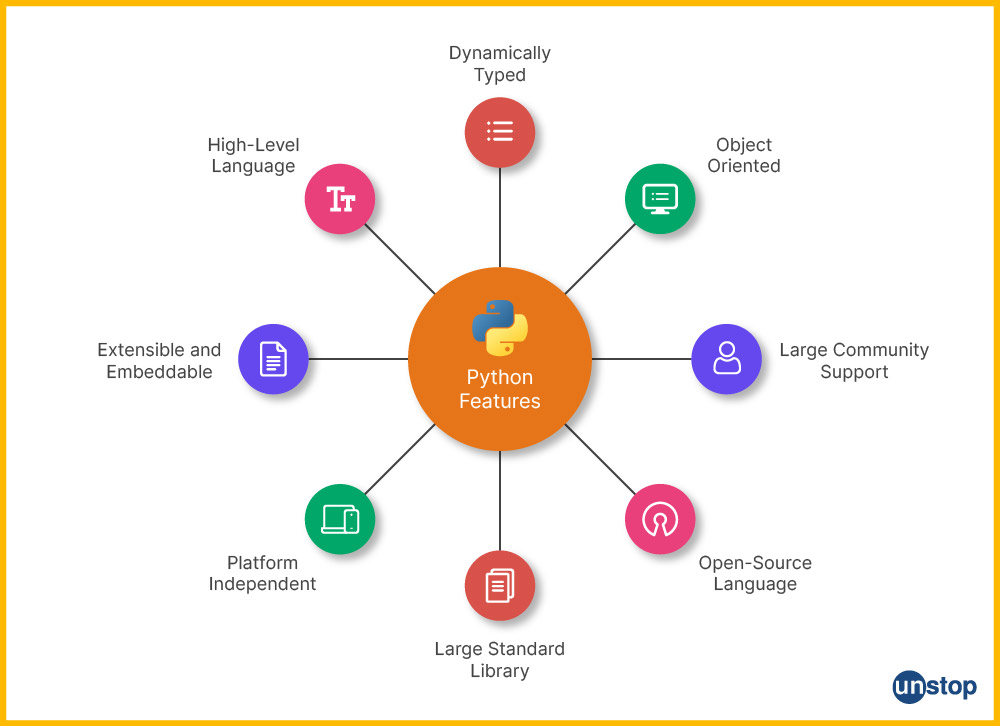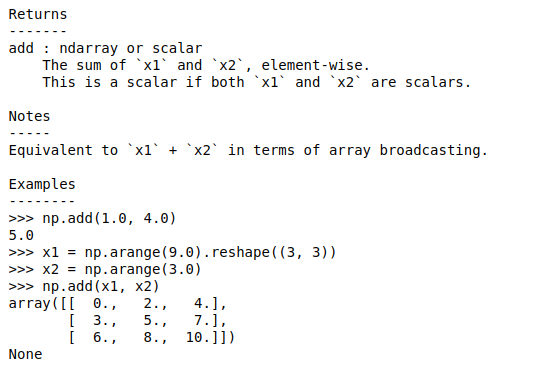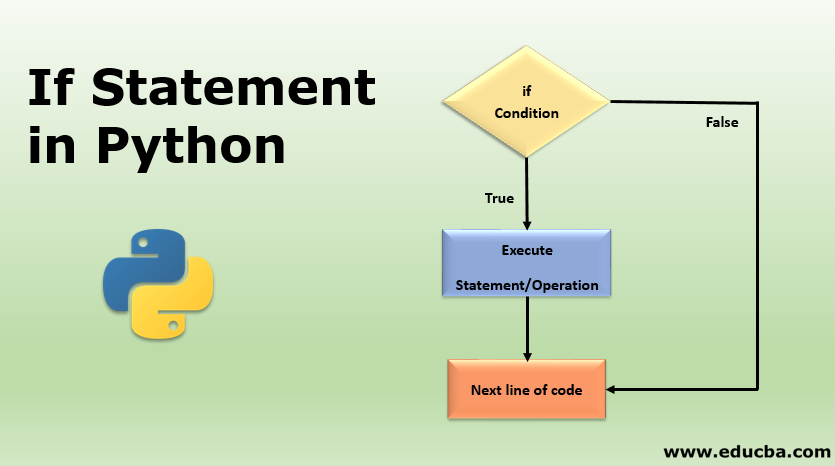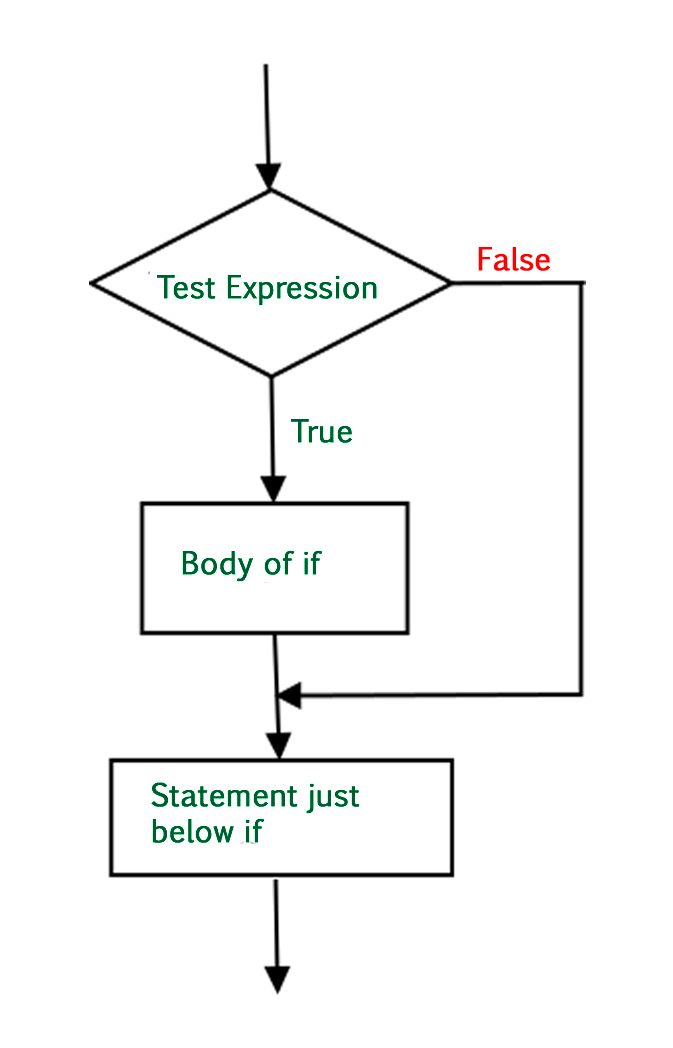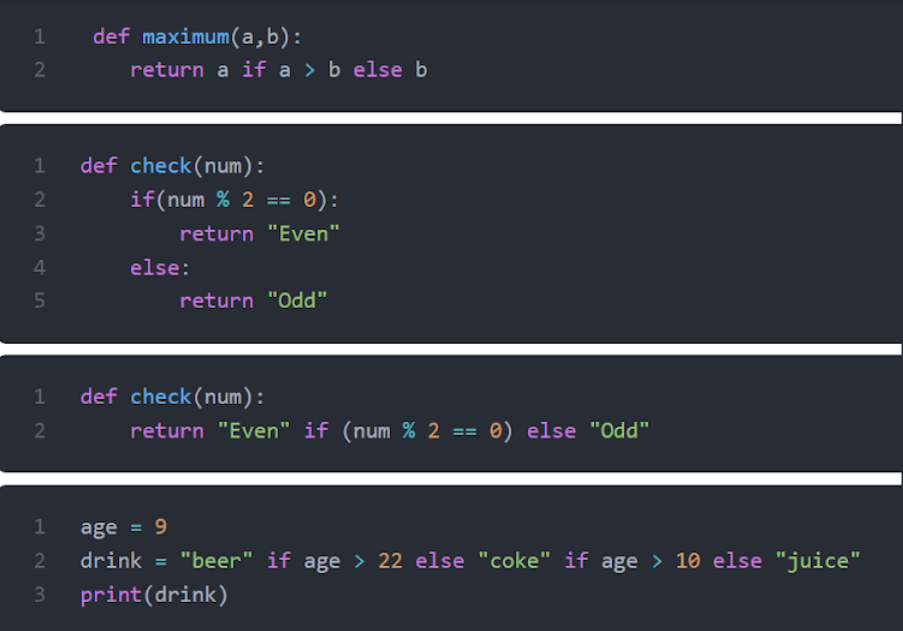How to read a file in Python using with?
How to read a file in Python using with?

I'm happy to help!
In Python, the with statement is used to open a file and automatically handle its closure, regardless of whether an exception is thrown or not. This makes it a great way to ensure that your files are properly closed after you're done with them.
Here's an example of how you can use with to read a file:
try:
with open('test.txt', 'r') as f:
content = f.read()
except FileNotFoundError:
print("The file was not found.")
else:
print(content)
In this example, we're trying to read the contents of a file named test.txt. If the file doesn't exist, we catch the FileNotFoundError and print an error message. If the file exists, we store its contents in the content variable.
Now, let's break down what's happening with the with statement:
open('test.txt', 'r'): This is the function call that opens the file. The first argument is the name of the file you want to open, and the second is the mode in which you want to open it. In this case, we're opening the file in read-only mode ('r'). as f:: This is where the magic happens. The file object returned by the open() function is assigned to the variable f. with ... as ...:: This is a with statement. It's used to ensure that the file is properly closed, regardless of whether an exception is thrown or not.
Here's what happens when the with statement is executed:
f. When the code within the with block finishes executing (either normally or with an exception), Python automatically closes the file.
This makes it a great way to ensure that your files are properly closed, even if something goes wrong while you're trying to read them.
You can also use with to write to a file:
try:
with open('test.txt', 'w') as f:
f.write('Hello, World!')
except IOError:
print("There was an error writing to the file.")
else:
print("File written successfully.")
In this example, we're trying to write the string 'Hello, World!' to a file named test.txt. If something goes wrong while writing (like if the disk is full), we catch the IOError and print an error message. If everything goes smoothly, we print a success message.
The benefits of using with for file operations are:
What is the with in Python?
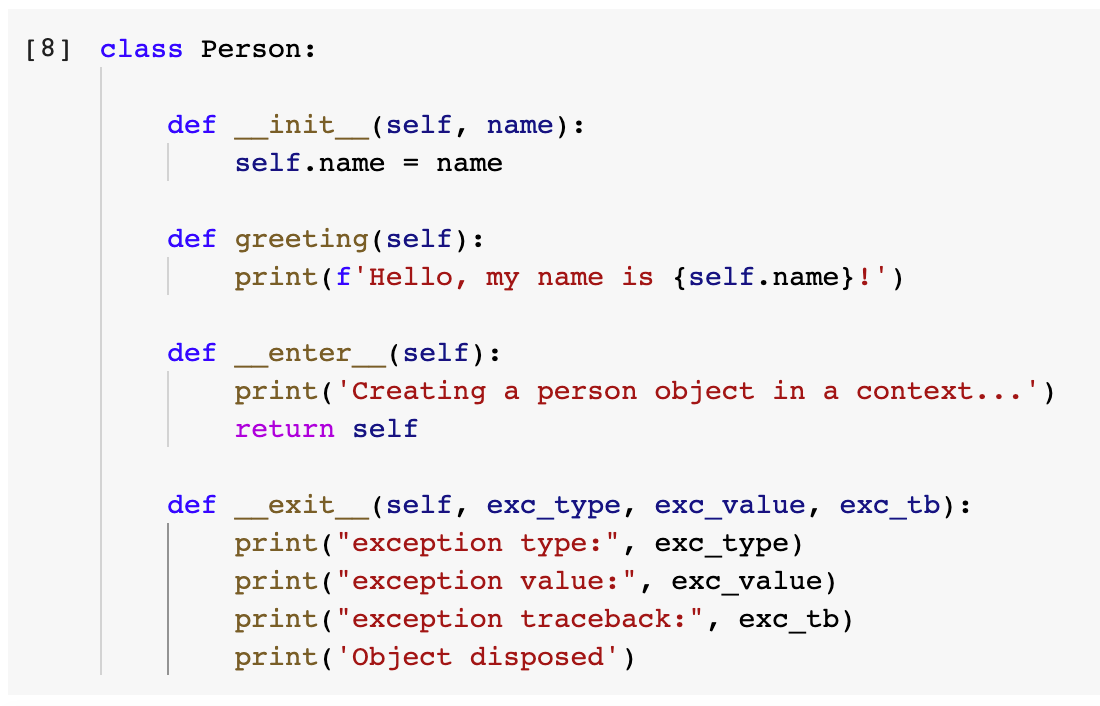
I'm happy to explain what "with" is in Python!
The with statement in Python is a syntax construct that allows you to execute a block of code within a context manager, which ensures the proper execution of specific setup and teardown logic.
In Python, a context manager is an object that implements the __enter__ and __exit__ methods. These methods are responsible for setting up the context (i.e., initializing resources or acquiring locks) when entering the context, and cleaning up (i.e., releasing resources or releasing locks) when exiting the context.

The basic syntax of the with statement is as follows:
with expression as variable:

code to be executed
Here, expression is the object that provides the context manager, and variable is an optional alias for the object returned by the expression. The indented block of code will be executed within the context managed by the expression.
When the code block is entered, Python calls the __enter__ method on the expression to set up the context. When the code block is exited (either normally or via a return statement), Python calls the __exit__ method to clean up the context.
Here are some key benefits of using with:
with statement ensures that these resources are properly released when they're no longer needed. Error handling: When an exception is raised within the code block, the __exit__ method will be called automatically. This allows you to perform cleanup or logging operations in response to errors. Code readability and simplicity: The with statement simplifies complex logic involving context managers, making your code easier to read and maintain.
Some examples of using with include:
with open('example.txt', 'r') as file:
content = file.read()
print(content)
In this example, the open function returns a file object that provides a context manager. The code within the with block will have access to the file object.
import sqlite3
with sqlite3.connect('example.db') as conn:
cursor = conn.cursor()
cursor.execute('SELECT * FROM table')
results = cursor.fetchall()
print(results)
Here, the sqlite3 module returns a database connection that provides a context manager. The code within the with block will have access to the connection and can execute queries.
import threading
lock = threading.Lock()
with lock:
critical section of code
print('Access granted!')
In this example, the Lock object from the threading module provides a context manager. The code within the with block will be executed while holding the lock.
These are just a few examples of how the with statement can help you write more robust and readable Python code. By leveraging context managers, you can simplify your code and ensure proper management of resources and error handling!
